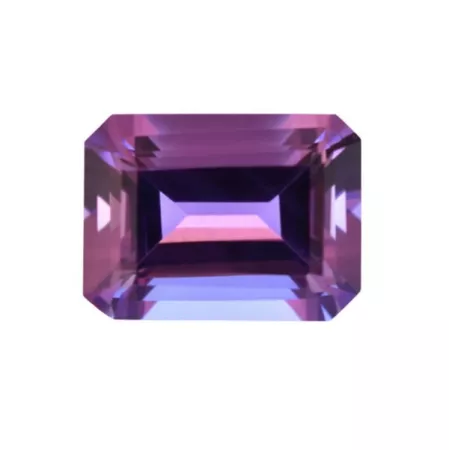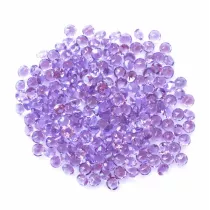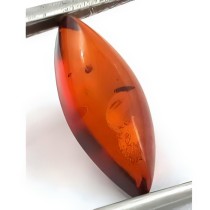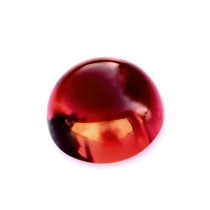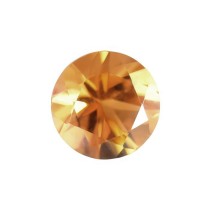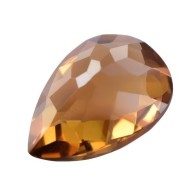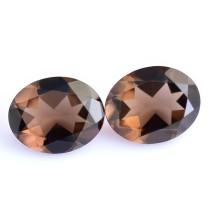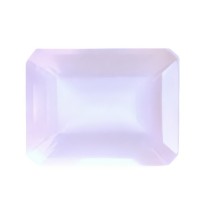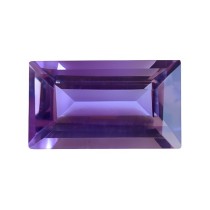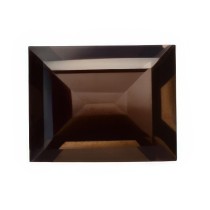Order delivery methods
Livrare în România:
- Sameday Curier plata card, transfer bancar - 22 lei
- Sameday Curier plata ramburs - 26 lei
- Sameday Locker - plata card - 10 lei
- Sameday locker - plata ramburs 13 lei
Timp livrare: 1-3 zile lucrătoare
Livrarea este de luni - vineri (cu excepția sărbătorilor legale).
Gratuit în România pentru comenzi de minim 500 lei.
- DPD - plata card sau transfer bancar - 34 lei
- DPD plata ramburs - 38 lei
Timp livrare 1-2 zile lucrătoare.
Livrarea este de luni - sâmbătă (cu excepția sărbătorilor legale)
Livrare gratuită prin DPD în România pentru comenzi de minim 800 lei
Livrare către țarile Uniunii Europene:
Poșta Română
- Poșta Română International Tracked & Signed - 12 euro
Timp livrare în Europa: 5-7 zile lucrătoare
Expedierile nu se pot trimite către căsuțe poștale.
Livrarea este gratuită pentru comenzi peste 200 EUR
DPD - International Delivery
- 1. DPD Europe Zone 1 - A - 7 euro
Disponibil pentru Bulgaria si Ungaria
Timp livrare: 4-7 zile lucrătoare
Livrare gratuita pentru comenzi peste 200 euro
- 2. DPD Europe Zone 2 - 8 euro
Disponibil pentru Grecia, Polonia, Cehia, Slovacia, Slovenia si Croatia
Timp livrare: 5-7 zile lucrătoare
Livrare gratuita pentru comenzi peste 300 euro
- 3. DPD Europe Zone 3 - 15 euro
Disponibil pentru Austria, Germania, Italia
Timp livrare: 5-7 zile lucrătoare
Livrare gratuita pentru comenzi peste 300 euro
- 4. DPD Europe Zone 4 - 30 euro
Disponibil pentru Belgia, Danemarca, Estonia, Letonia, Lituania, Luxembourg, Olanda, Spania, Franta
Timp livrare: 5-8 zile lucrătoare
Livrare gratuita pentru comenzi peste 300 euro
- 5. DPD Europe Zone 5 - 41 euro
Disponibil pentru Finlanda, Portugalia, Suedia
Timp livrare: 6-8 zile lucrătoare
Livrare gratuita pentru comenzi peste 300 euro
Restul lumii:
- Poșta Română International Tracked & Signed - 20 Euro
Timp livrare în restul lumii: 8-21 zile lucrătoare
Expedierile nu se pot face către căsuțe poștale.
Livrare gratuită pentru comenzi peste 300 euro
Termeni de livrare:
Vom face tot posibilul pentru a respecta termenele de livrare stabilite însă acest lucru nu poate fi garantat. Durata timpului de livrare este supusă condițiilor tehnice sub care se desfășoară activitatea companiilor de curierat și a factorilor externi, lucruri care nu pot fi controlate in totalitate. In cazul in care comanda dumneavoastră nu a sosit la timp, trebuie să verificați mai întâi la biroul local de livrare. Nu putem procesa nicio reclamație pentru un articol care nu a fost livrat dacă nu au trecut minim 10 zile lucrătoare de la data expedierii articolului. Toate solicitarile trebuie făcute în termen de 28 de zile lucrătoare de la data expedierii (pentru data de expediere verificați e-mailul „Confirmare expediere”).
Vamă și taxe vamale:
Pe teritoriul Uniunii Europene nu exista taxe vamale pentru comerțul intracomunitar. Însă pentru destinațiile din afara UE cumpărătorii trebuie să verifice dacă există taxe vamale în țara de destinație pentru produsele comandate.
